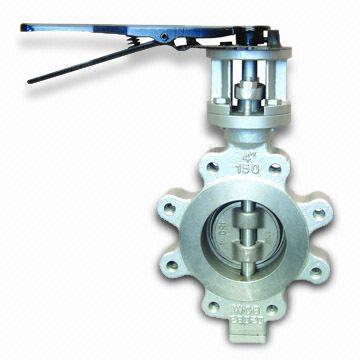Teresa
Teresa is a skilled author specializing in industrial technical articles with over eight years of experience. She has a deep understanding of manufacturing processes, material science, and technological advancements. Her work includes detailed analyses, process optimization techniques, and quality control methods that aim to enhance production efficiency and product quality across various industries. Teresa's articles are well-researched, clear, and informative, making complex industrial concepts accessible to professionals and stakeholders.
